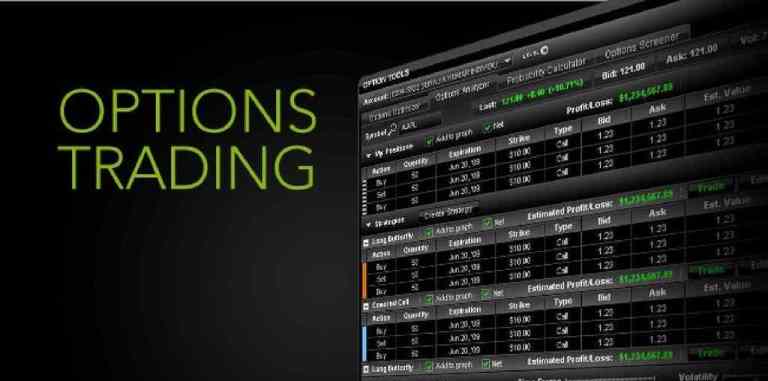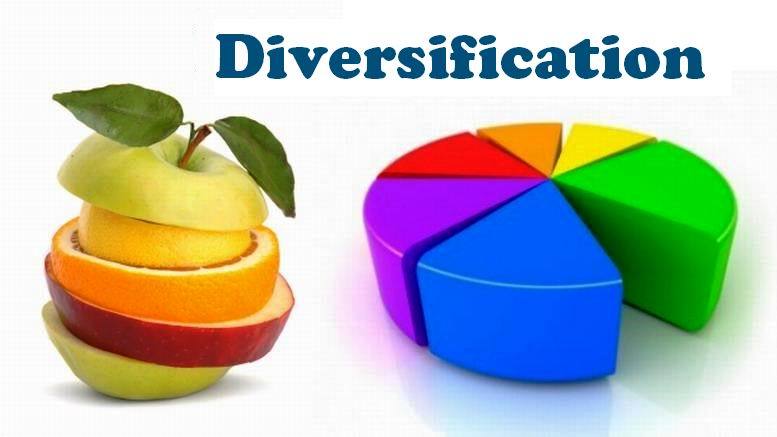What is an Option?
Option is a contract which gives buyer the right, but not the obligation to buy or sell an underlying asset at a specific price on or before a certain date. An option has an Expiry date, when its automatically exercised if it has any intrinsic value left.
When you buy an option you have to pay some premium at the time of buying it.

You can buy or sell Options just like you buy or sell Shares. They are traded in real time. An option value depends on some underling, which can be a stock or an index or even interest rate, The scope of this article is restricted to Stock options or index options.
An example of index option is Nifty option, so its underlying is Nifty.
You must know that its a kind of Derivative : Derivatives are any instrument whose value are derived from some other thing, there value depends on some other thing, like In case of options in stock market, there value depend on either a stock or an index.
Futures are also a kind of Derivatives, The minimum money required for trade in Futures are much more than Options. You can trade in options with as little as 2,000 or 3,000 (depending on the option you are trading in).
Types of option: CALL and PUT
CALL option gives you the right to BUY something anytime before expiry at a predetermined price. The value of the CALL option increases as the Price of the underlying thing increases. The reason for this is because you can still buy it at the fixed price and the difference is your profit.
PUT option gives you the right to SELL something anytime before expiry at a predetermined price. The value of PUT option increases as the price of the underlying Decreases. The reason is that you still have the right to SELL it at fixed price and difference will be your profit.
SOME OPTION TERMS
Exercising an Option :exercise an Option means to Buy(CALL) or Sell(PUT) the stock on the expiry date if they are European style else Buy or sell anytime on or before Expiry if they are American Style.
Expiry Date : The date on which an option will expire and then it will be exercised automatically if it has any intrinsic value left.
Option Style : Options are of two styles, American style (It can be exercised any time before or on expiry date) and European Style (exercised on expiry only).
STRIKE Price : Strike rate is Stated Price for which the underlying stock can be purchased or sold on expiry date.
SPOT Price : The current price of the underlying at a particular time.
LOT : Options are traded in lot size, you can buy 1 lot, 2 lot or any number of lots, and a lot has a particular number of shares in a single lot, Like Nifty options have lot size of 50.
Premium : Every option has some premium which users have to pay when they purchase an Option. So for a CALL option, the premium increases when its underlying price increase and decreases when its underlying price decreased and just opposite of PUT option.
How does an OPTION look like?
Example : CHAFER 90 CE 1.95, EXPIRY 26th June
CHAFER is the symbol for a stock called CHAMBAL FERTILIZERS, so its a Stock option. The expiry date of this option is 26th June (current year).
90 CE means its a CALL (C) option, which is European Style (E, can be exercised on expiry date only) and the Strike rate is 90, means that you have right to buy 1 lot (3450 shares, it depends on the option how many shares a lot has) of chambal fertilizers shares at Rs 90 on the date of expiry if you want.
What are the Profit and Losses you can make?
The Losses are always limited to the extent of premium you pay (in worst case you do not exercise the option and you let your premium go), On the other hand the profits are theoretically unlimited, because the option price can keeps increasing when underlying increases or decreases depending on the type of option.
What is time value and option value ?
The Premium you pay for the option has two components
– Time Value
– Intrinsic value
Premium = Time value + Intrinsic Value
Intrinsic value is the true worth of the option (premium) and Time value is the value which is there because of the time left for the expiry, because as the Expiry time comes near the risk of loosing the money is high. So time value keeps decreasing as the expiry comes closer.
There fore you will see that even if STRIKE price is closer to SPOT price, the option price will be very high if the expiry is after many days.
For CALL option price moves towards 0 if SPOT is less then STRIKE price and expiry comes closer.
For PUT option price moves towards 0 id SPOT is higher than STRIKE and expiry comes closer.
Watch this video to learn more details about Options trading:
How does it works?
You can either sell it at the profit or still hold it.
Case 2: If market does not fall as per your expectation and still is at 4400 before 10 days of expiry and the current price of premium is suppose 10, you can sell it at loss, because you don’t want it to become 0.
Suppose you didn’t sell it and market really closed above 4300 on expiry date, then you loose whole your premium (as SPOT Options used for Hedging
Example 1:
Suppose you buy CHAFER 90 CE EXPIRY 26th June, at a premium of 1.95 (you will have to pay Rs 1.95 * 3450 to buy this option), and the SPOT is 78, means currently price of Chambal fertilizer share is Rs. 78, now the price of option will follow the price of the share price.
If price increases to say 85, then the option may increase to 4.5 (depending on demand and supply), and at this point you can sell the option and earn a profit of 4.5-1.95 = 2.55 Per share, profit of 130%.
Now suppose on 26th June (Expiry day), the price of Chambal Fertilizer is Rs 100, then the option will be exercised and who ever has the option at that time will receive the profit of Rs 10 (total 10 * 3450) and the option will not be exercised if the SPOT (current price) of share is below 90, because then he will make loss if exercised.
(Remember, its not your obligation to exercises the option (you exercise if its in profit, or you loose your premium)
When do you buy Options?
Example 1 :
Suppose Infosys is at 2000 today (1st June) and you are optimistic that its price will go further go up 10% or 15% (2200 or 2300). so you buy a CALL option of Infosys which is going to Expire in approx 1 month, say INFOSYS 2200 CE 10.5 26th June is available and lot size is 1000, so you pay 1000 * 10.5 = Rs 10,500 for this option.
Now option price will move the same way as the price of Infosys share. At the end of the Expiry date if Price of Infosys share will be more than the 2200 then the option will be called “In the Money” as it will be in profit when exercised Else it will be out of money.
So suppose Price of Infosys share is 2280 at the end of Expiry then you exercise the option and get 1000 * 80 = Rs 80,000, you can also sell the option anytime before Expiry date if you want to make profit and convinced that the option price has reached at a good point.
Example 2:
You think that Economy is not doing well and markets as whole will fall because of high inflation news and political issues (or for any reason), Suppose Nifty is at 4600 and you believe that it will fall to 4300 in 2-3 months, Suppose current date is 1st June then you can buy NIFTY PE 4300 AUG , assume premium is Rs 15.
Case 1: If markets fall badly and reaches 4500 in 1 month and the premium increase to 330. You can either sell it at the profit or still hold it.
Case 2: If market does not fall as per your expectation and still is at 4400 before 10 days of expiry and the current price of premium is suppose 10, you can sell it at loss, because you don’t want it to become 0.
Suppose you didn’t sell it and market really closed above 4300 on expiry date, then you loose whole your premium (as SPOT Options used for Hedging)
The main use of Options is for hedging, So if you have bought some 1000 shares of company ABC at Rs 20 , and think that price may fall to 15 in one month ,you can ABC PE 20 or 19, and pay a small premium, Now you are covered for the loss you will make on shares, because you have right to sell the shares at 20 or 19 (depends on the price you bought the options at).
Some other important points
1. Options are very risky and very rewarding, it can give returns of even 100% or 200% in day, or can give negative returns of 50% or 80% in a day.
2. Options are very volatile, so its a good idea to be patient with options.
3. Buying Options near its Expiry dates are highly risky, because if they go in wrong direction they don’t have time to come back.
4. Its not a good idea to buy a option with strike price very far from the SPOT price unless there is some good reason for it. Options with more gap between between STRIKE and SPOT have less premium, but very risky (and can be very rewarding too).
5. Its not a good idea to put a Stop loss for your option very near to the current price, because its highly probable that it will come to Stop loss point and then again bounce back because of there high volatility.
6. Its a good idea to set a target to book profits and get out, rather than trying to get maximum out of option. If you don’t exit at a good point, the chances are that value will again bounce back to normal price and you will miss a chance.
(I sold Chambal Fertilizer CALL 90 option when it price went up to 6.5 though 8-9 looked achievable target next day, but i thought its a great return and didn’t miss the chance of booking 250% return in 2 days, Buy price was 1.95).
I would be happy to read your comments or disagreement on any topic. Please leave a comment.
